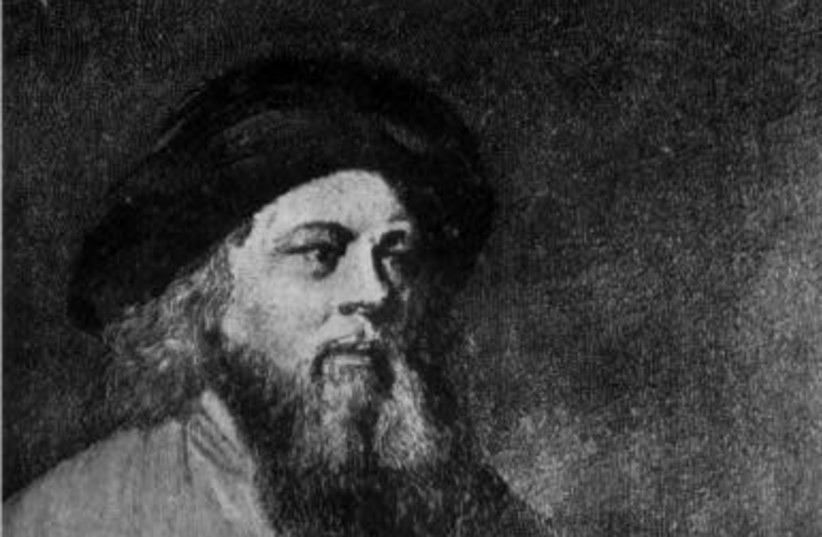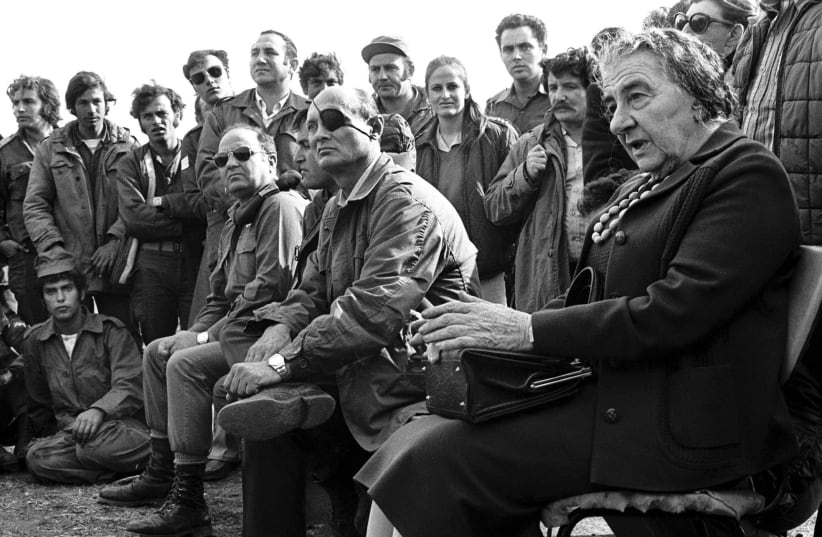It’s blasphemy, I know, but I am torn when it comes to Ukraine.
I am of two minds, not about the atrocities Putin is committing – every good person can only conclude that Russia violated human rights and international law by invading Ukraine. That Russia is dead wrong vis-a-vis Ukraine. That case is open and shut.
It’s the historian in me that is conflicted. For the past 1,000 years, even longer, Ukraine has been home to a robust and exciting Jewish history. Jews lived there even before the area was called Ukraine. The Jewish heritage of Ukraine was creative, rich, robust. The history is so wondrous it is unimaginable.
More than 1.5 million Jews lived there in 1939. Before this current conflict, Ukraine was thought to be one of the three largest Jewish populations in the world. Before this massive exodus, which includes untold numbers of Jews, there was an estimated Jewish population of 400,000, according to the European Jewish Congress.
Once upon a time, so prominent and so integrated were the Jews of Ukraine that during the life of a fledgling and failed independent state called “The Ukrainian People’s Republic,” (which only lasted from 1917, right after World War I, through 1920), Yiddish was one of the three official languages. The others were, of course, Ukrainian and Russian. Yiddish was even clearly embossed on some of the currency that was minted.

Ukraine was where the Ba’al Shem Tov revolutionized Judaism when he began his hassidic movement. Ukraine was where the great Hebrew writers wrote their journals and newspapers, plays and books, works that transformed Jewish life and injected Zionism into the masses.
Ukraine was where Golda Meir was born. In Kyiv. Ukraine was where Jabotinsky was born. In Odessa. The list of notables can go on for pages.
SO WHY am I of two minds? Because with the good came the bad. Because Ukraine was where Bogdan Chmielnicki – the 17th-century leader of the Cossack Rebellion who fought against the Poles to recapture the Lowlands – committed his dastardly deeds. Because in that process, Chmielnicki and his Ukrainian Cossacks murdered Jews and burned Jewish communities.
These were the original pogroms. Chmielnicki brought the pogroms. Chmielnicki (pronounced Chmielnitzky) has the distinction of being the first pogromist.
Until the rise of Adolf Hitler, Chmielnicki was the greatest murderer of Jews in all of Jewish history. That was no small feat.
And there’s more.
The region called the Pale of Settlement was even bigger and encompassed more land than today’s Ukraine. It was established by the Russian Czars. Between 1791 and 1917, in various forms and with varying restrictions, almost all Jews were required to live in the Pale of Settlement.
At its peak in 1885, four million Jews lived in the Pale. It was enormous. It included today’s Belarus, Moldova, Lithuanian and of course, Ukraine. The Pale of Settlement got its name from Czar Nicholas I.
Ukraine was where, in 1941, on September 29 and September 30, nearly 34,000 Jews were murdered in Babyn Yar. They were mowed down by Nazi machine-gun fire in a ditch on the outskirts of Kyiv. The same Babyn Yar that suffered a hit to the memorial to the fallen Jews by Putin’s war machine.
While Babyn Yar is the most famous, it is not the worst machine-gun massacre of Jews during the Holocaust. It was the third worst.
Ukraine was where the worst massacre of Jews took place. Just after the Babyn Yar massacre, in the southwestern port city of Odessa, between October 22 and 24, 1941, 50,000 Jews were gunned down and murdered.
I know that Ukrainians today had nothing to do with these massacres. They had nothing to do with the Nazi massacres either. In Odessa, for example, the Nazis were aided by Romanian forces.
I HAVE visited Ukraine many times. And each time I visit the capital city of Kyiv, I make a pilgrimage to the main city rotary (a “roundabout” in British English). It is where many roads lead into a circle. Without the circle, there would be terrible traffic backups.
In the middle of this beautifully groomed traffic circle is an imposing statue. A horse stands up on its hind legs. On the horse sits Bogdan Chmielnicki. The plaque on the statue reads: “Bogdan Chmielnicki Hero of the Ukrainian People.”
I visit that statue at great risk. Just crossing the street to get close to the statue is dangerous. And what I am about to do is dangerous and against the law. I spit. I spit on Chmielnicki. I spit on his memory.
Jews had a great past in Ukraine; they also suffered great persecutions in Ukraine. The Ukraine of today is not the Ukraine of the past, but it is incumbent upon us to remember both the good and the bad. And in the end, we must know, and we must let the world know, that Chmielnicki failed.
The writer is a columnist and a social and political commentator.
